 1987 Citroen BX I (Phase II, 1987) Dimensions, Size & Specs
1987 Citroen BX I (Phase II, 1987) Dimensions, Size & SpecsMeasurements of the 1987 Citroen BX I, engineered for optimal performance and comfort
| Dimensions | |
|---|---|
| Length: | 4237 mm166.8 in13.9 ft |
| Width: | 1682-1690 mm66.2-66.5 in5.5-5.5 ft |
| Height: | 1350-1370 mm53.1-53.9 in4.4-4.5 ft |
| Trunk Capacity: | 445 liter15.7 cu ft |
| Trunk Capacity (Max): | 1455-1544 liter51.4-54.5 cu ft |
| Weight Specifications | |
| Curb Weight: | 900-1135 kg1984-2502 lbs |
| Maximal permitted Weight: | 1360-1595 kg2998-3516 lbs |
| Tire Specifications | |
| Rims Sizes: | 14-inch rims:
|
| Tire Sizes: |
|
The Citroen BX I Phase II, introduced in 1987 and produced until 1993, is a distinctive hatchback that combines practicality with classic French automotive design. Measuring 4237 mm (166.8 inches) in length and between 1682 to 1690 mm (66.2 to 66.5 inches) in width, this model features a compact yet roomy footprint ideal for urban and suburban driving. Its height ranges from 1350 to 1370 mm (53.1 to 53.9 inches), contributing to a streamlined profile that balances stability and aerodynamics.
The BX I Phase II's curb weight varies from 900 to 1135 kg (1984 to 2501 lbs), depending on configuration, with a maximum permissible weight between 1360 and 1595 kg (2998 to 3517 lbs). This relatively lightweight builds ensure nimble handling and efficient fuel consumption. One of the standout features of the BX hatchback is its impressive luggage capacity of 445 liters (15.7 cubic feet), which can be significantly expanded to between 1455 and 1544 liters (51.4 to 54.5 cubic feet) by folding down the rear seats, allowing for substantial cargo flexibility.
This model rides on 14-inch rims with tire sizes including 155/70 R14, 165/70 R14, 185/60 R14, and 195/60 R14, providing a comfortable and controlled driving experience across various road conditions. Overall, the Citroen BX I Phase II (1987) remains a practical choice for those seeking a compact hatchback with efficient use of space, respectable load capacity, and the enduring charm of late 1980s French automotive engineering.
Discover the standout features that make the 1987 Citroen BX I a leader in its class
Have a question? Please check our knowledgebase first.
The Citroën BX I (Phase II, 1987) hatchback measures approximately 4237 mm (166.7 inches) in length. Its width varies between 1682 mm to 1690 mm (66.2 to 66.5 inches), depending on specific trim or configuration. The height ranges from 1350 mm to 1370 mm (53.1 to 53.9 inches). These compact yet practical dimensions contribute to the BX's agility and ease of maneuvering in urban environments while providing adequate interior space.
The curb weight of the Citroën BX I (Phase II, 1987) ranges from 900 kg to 1135 kg (approximately 1984 to 2501 lbs), depending on the specific model variant and equipment levels. The maximum allowed weight (gross vehicle weight) ranges from 1360 kg to 1595 kg (2998 to 3516 lbs). Variations in weight reflect differences in engine options, trim levels, and added features, influencing performance, fuel efficiency, and handling characteristics.
With the rear seats in place, the Citroën BX I (Phase II, 1987) offers a luggage capacity of approximately 445 liters (15.7 cubic feet), which is ample for daily shopping or weekend trips. When the rear seats are folded down, the cargo space expands significantly to between 1455 and 1544 liters (51.4 to 54.5 cubic feet), providing versatile loading options to accommodate larger items or increased storage needs.
Yes, the Citroën BX I (Phase II, 1987) generally fits comfortably into a standard household garage. Considering that typical garages have widths of about 2400 to 3000 mm (94.5 to 118 inches) and depths of around 4800 to 6000 mm (189 to 236 inches), the BX’s dimensions (length 4237 mm / 166.7 inches and width up to 1690 mm / 66.5 inches) easily allow for parking with enough room for opening doors and maneuvering.
The Citroën BX I (Phase II, 1987) typically comes with rims sized at 14.5J x 14 inches, paired with tires sized from 155/70 R14 to 195/60 R14. The range of tire widths and profiles allows owners moderate flexibility between comfort and handling performance. Narrower tires (155/70 R14) tend to provide better fuel economy and a softer ride, while wider tires (195/60 R14) enhance grip and cornering stability.
The 1987 Citroën BX I (Phase II) offers a notably practical interior layout typical of the era’s European hatchbacks. Thanks to its clever design and hatchback format, it maximizes usable passenger and cargo space within its compact footprint. The rear seats fold flat to greatly increase cargo volume, making it versatile for families and individuals needing extra storage. Compared to contemporaries, the BX’s height and efficient packaging often make it feel more spacious inside relative to some similarly sized hatchbacks.
Compared to the original Citroën BX I (Phase I, 1982-1987), the Phase II (introduced in 1987) retained very similar dimensions, including length around 4237 mm (166.7 inches), width roughly between 1682-1690 mm (66.2-66.5 inches), and height between 1350-1370 mm (53.1-53.9 inches). Weight ranges also remained comparable, though the Phase II featured some refinements and updates in design and materials that could slightly impact curb weight depending on trim. Overall, the Phase II maintained the compact and lightweight nature of its predecessor while updating styling and features.
The Citroën BX I (Phase II, 1987) distinguished itself among mid to late 1980s hatchbacks with its unique hydropneumatic suspension system, providing an exceptionally smooth and adjustable ride. While dimensionally similar to competitors like the Volkswagen Golf Mk2 or Ford Escort, the BX offered distinct styling with angular design cues and a focus on innovative technology. Its lightweight construction and efficient packaging often gave it advantages in fuel economy and interior space utilization compared to rivals of similar size.
The compact dimensions of the Citroën BX I (Phase II, 1987), with a length of 4237 mm (166.7 inches) and width up to 1690 mm (66.5 inches), make it highly maneuverable in urban settings. Its relatively narrow width allows easier navigation through tight city streets and parking spots, and its moderate height facilitates good visibility. Additionally, its lightweight builds contribute to nimble handling, while the spacious cabin and hatchback configuration provide practical convenience for urban driving needs.
The slight height variations between 1350 mm and 1370 mm (53.1 to 53.9 inches) in the Citroën BX I (Phase II, 1987) typically result from different suspension settings or optional equipment affecting ride height. These differences can influence the car’s aerodynamics and interior headroom marginally. A taller setup might provide a more comfortable cabin space, especially for taller passengers, while a lower profile enhances handling and stability. Overall, this height range balances practicality and driving dynamics effectively.
Discover similar sized cars.
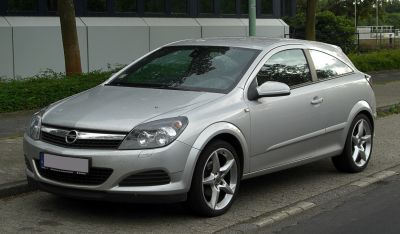
| Production: | 2007-2010 |
|---|---|
| Model Year: | 2007 |
| Length: | 4290 mm168.9 in |
| Width: | 2033 mm80.0 in |
| Height: | 1405-1435 mm55.3-56.5 in |
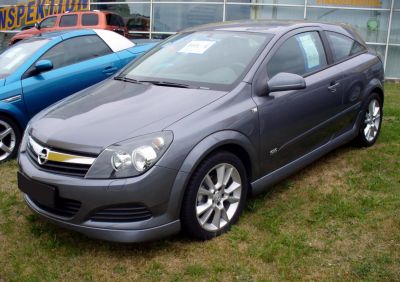
| Production: | 2005-2006 |
|---|---|
| Model Year: | 2005 |
| Length: | 4290 mm168.9 in |
| Width: | 2033 mm80.0 in |
| Height: | 1415 mm55.7 in |
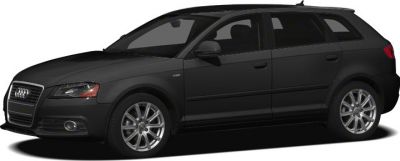
| Production: | 2009-2013 |
|---|---|
| Model Year: | 2008 |
| Length: | 4292 mm169.0 in |
| Width: | 1995-2023 mm78.5-79.6 in |
| Height: | 1423 mm56.0 in |
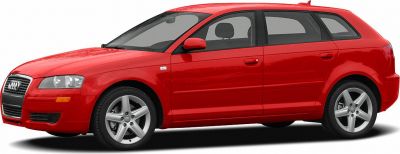
| Production: | 2004-2008 |
|---|---|
| Model Year: | 2005 |
| Length: | 4286 mm168.7 in |
| Width: | 1765 mm69.5 in |
| Height: | 1423 mm56.0 in |
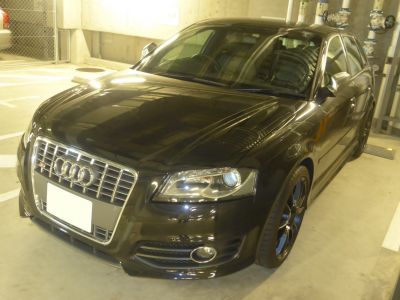
| Production: | 2008-2012 |
|---|---|
| Model Year: | 2008 |
| Length: | 4302 mm169.4 in |
| Width: | 1765 mm69.5 in |
| Height: | 1402 mm55.2 in |
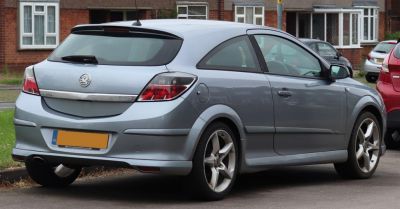
| Production: | 2005-2010 |
|---|---|
| Model Year: | 2005 |
| Length: | 4290 mm168.9 in |
| Width: | 2033 mm80.0 in |
| Height: | 1415-1435 mm55.7-56.5 in |
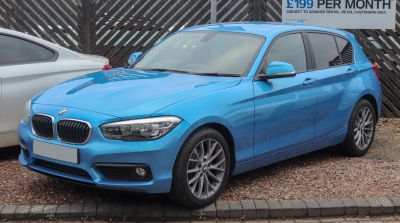
| Production: | 2017-2019 |
|---|---|
| Model Year: | 2017 |
| Length: | 4329 mm170.4 in |
| Width: | 1984 mm78.1 in |
| Height: | 1411-1430 mm55.6-56.3 in |

| Production: | 2017-2019 |
|---|---|
| Model Year: | 2017 |
| Length: | 4329 mm170.4 in |
| Width: | 1984 mm78.1 in |
| Height: | 1411-1430 mm55.6-56.3 in |
